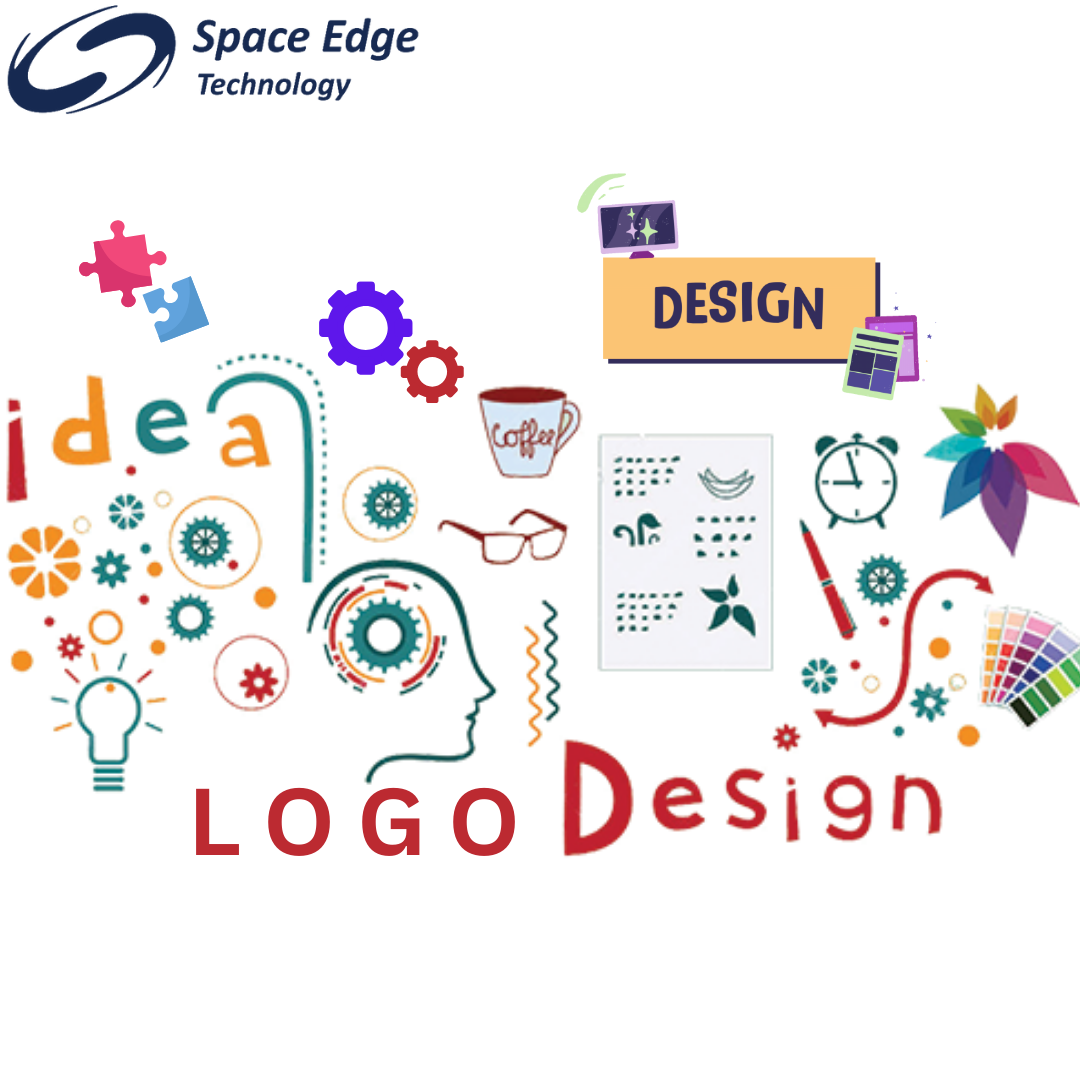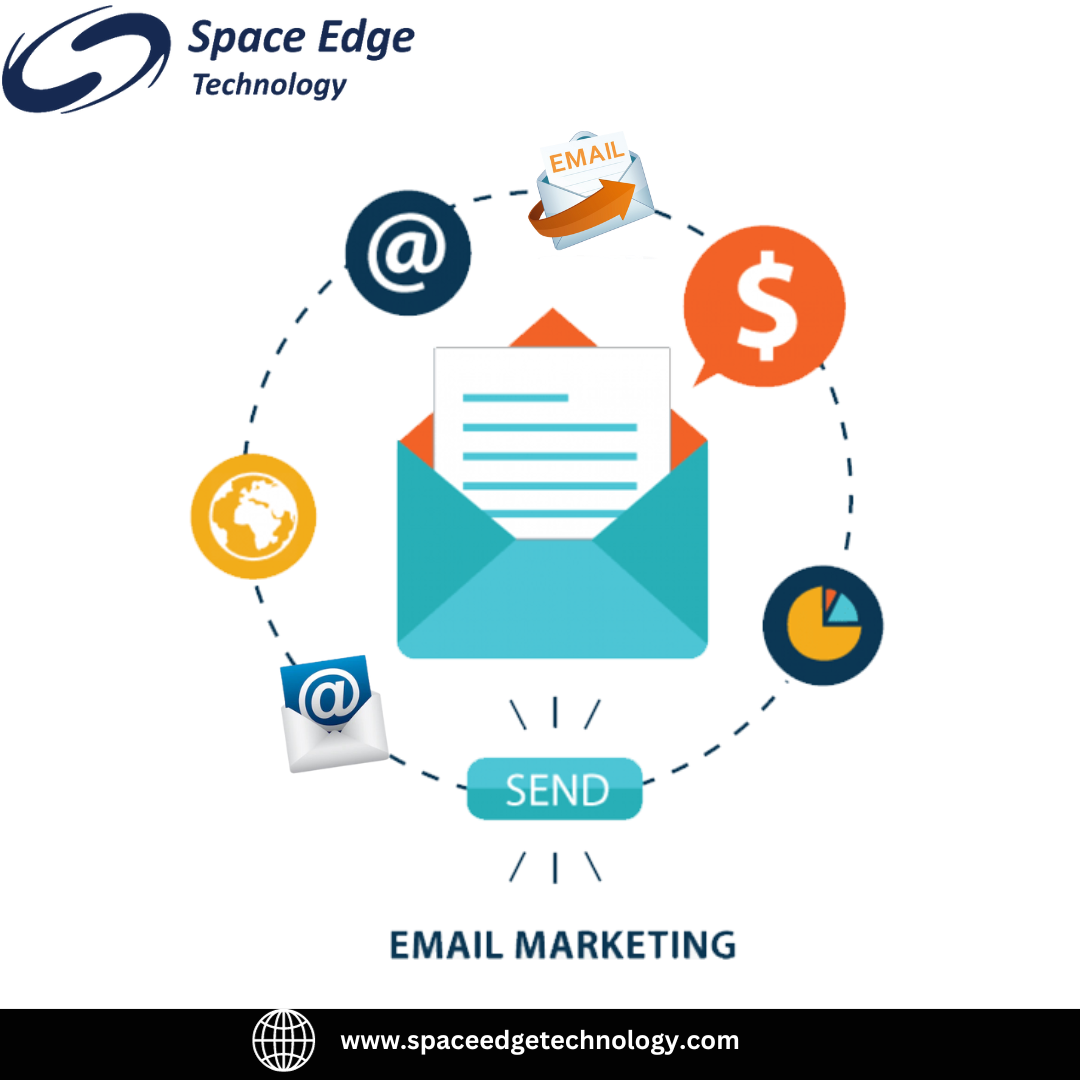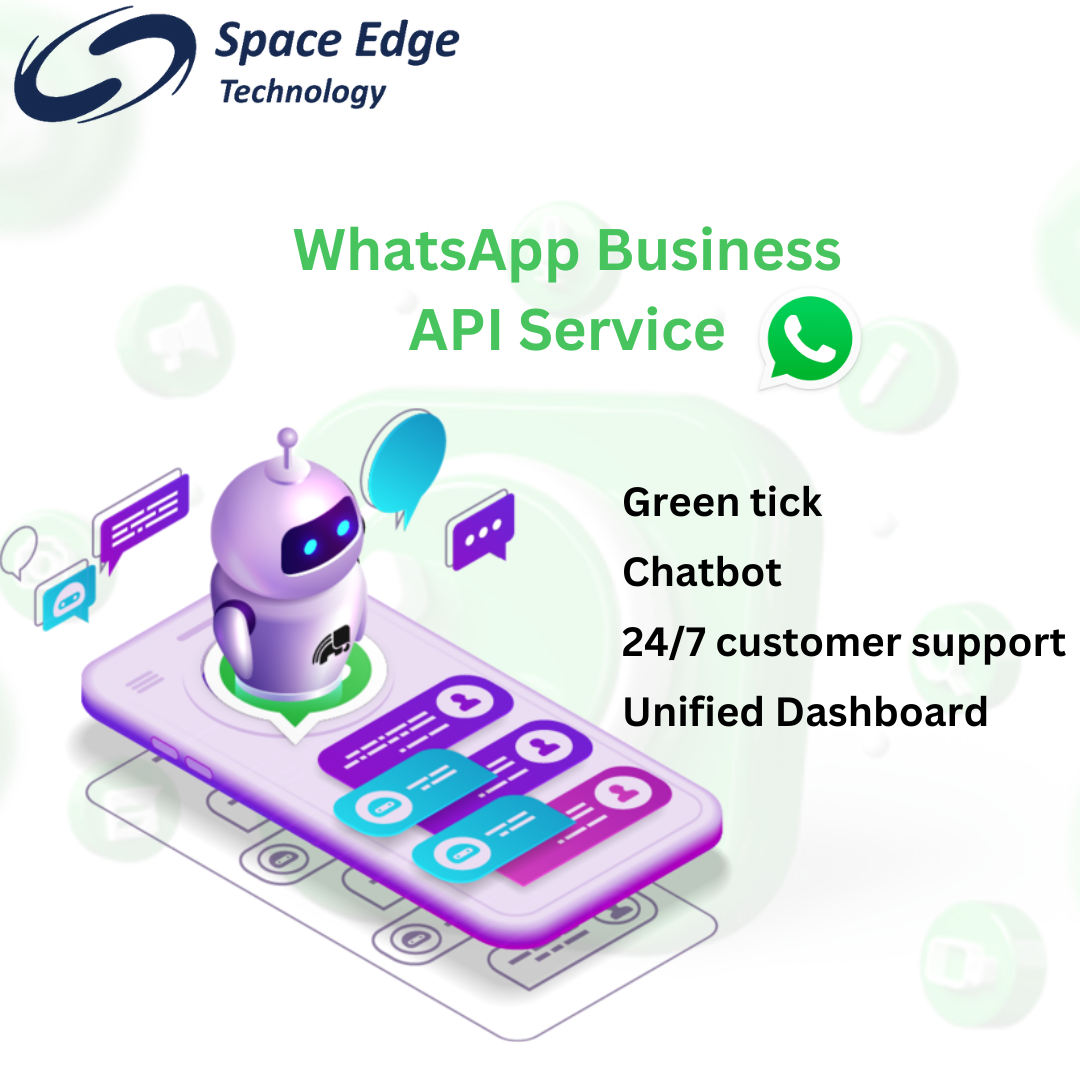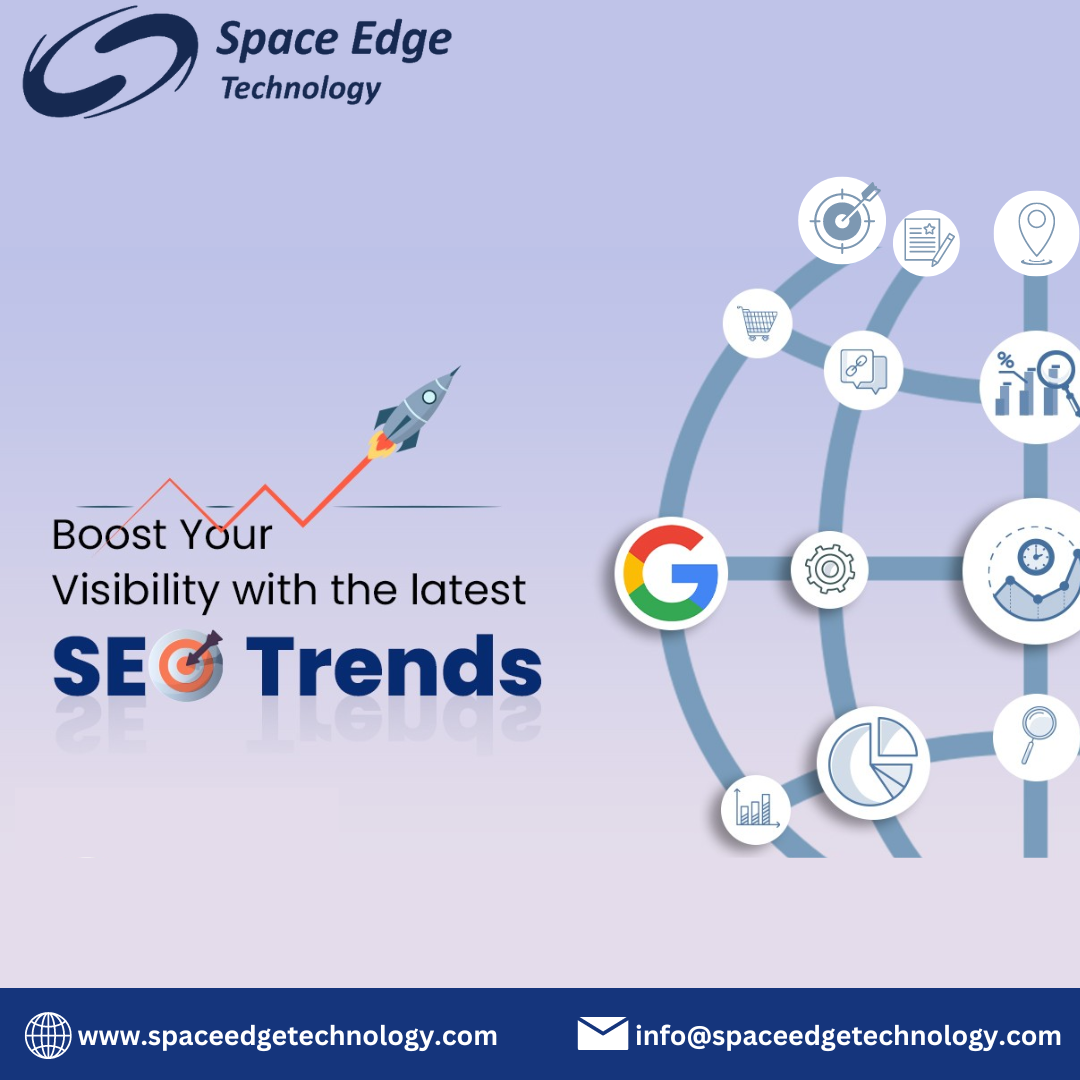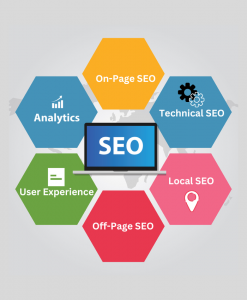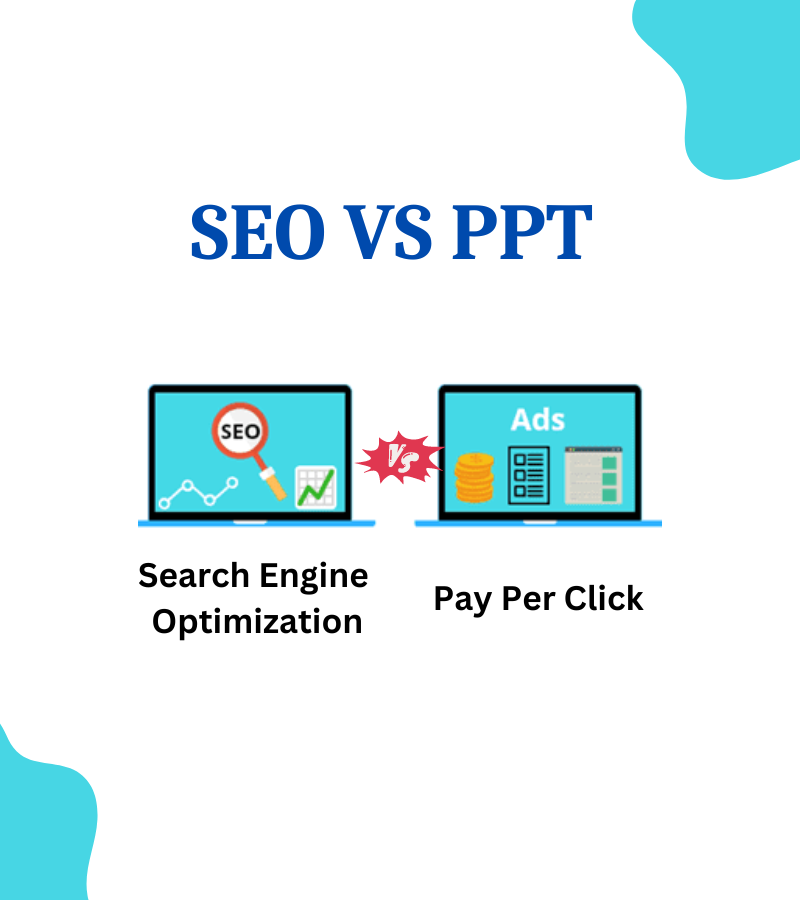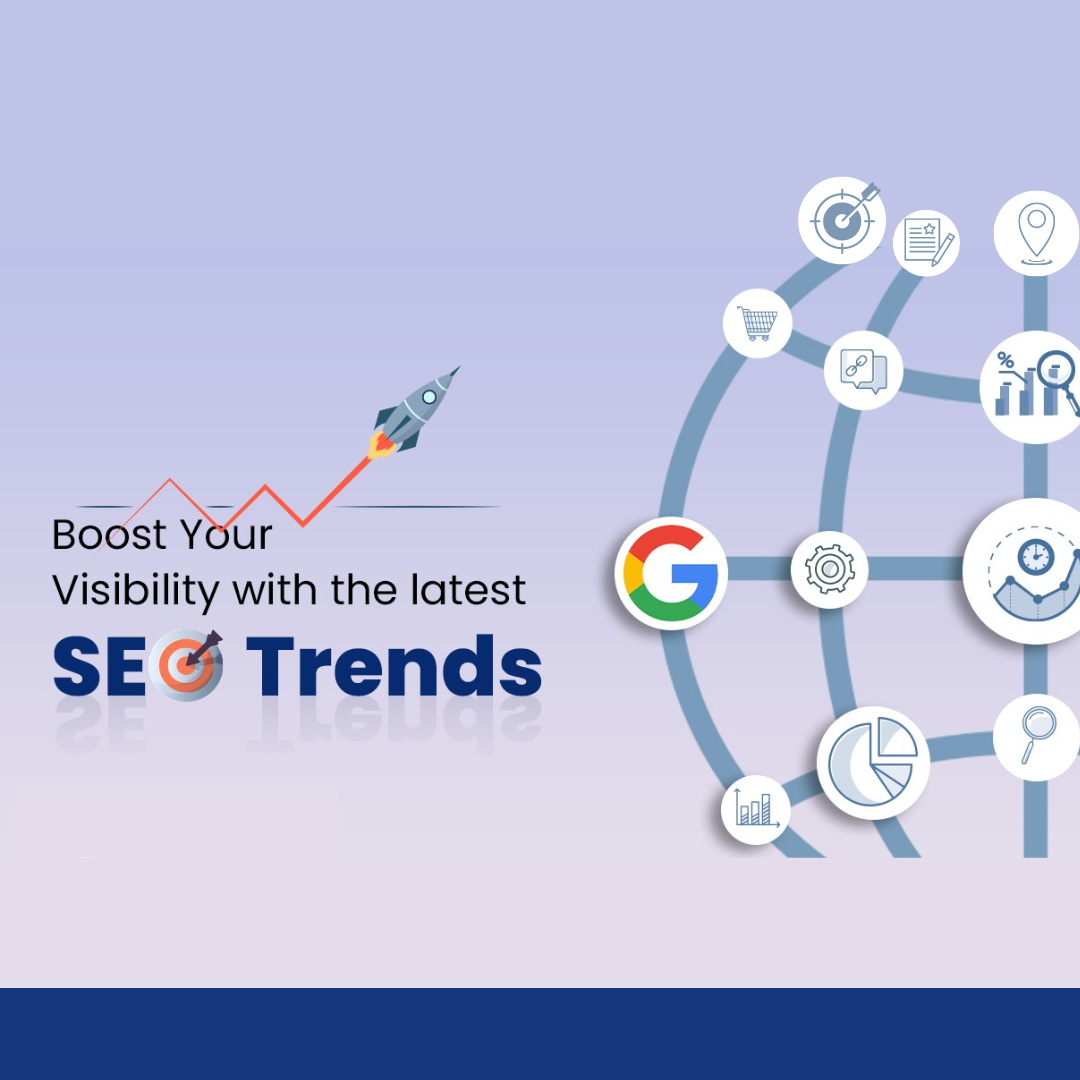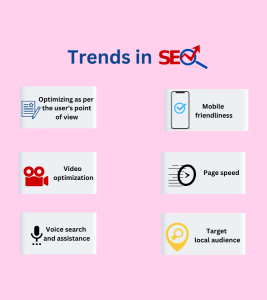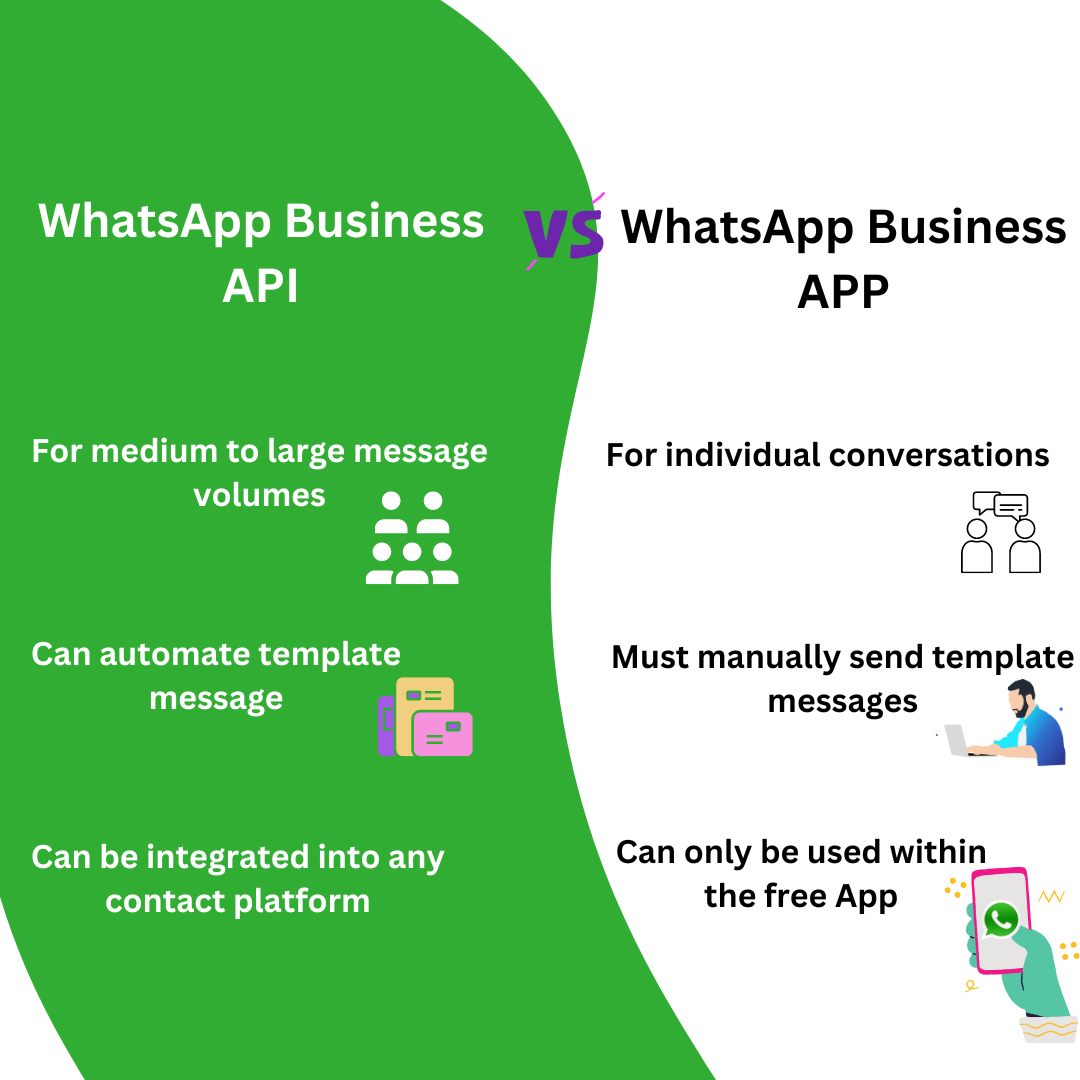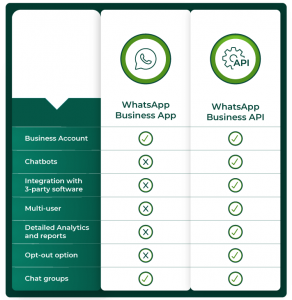Creating a strong brand identity is crucial for businesses of all sizes. At the heart of a memorable brand identity lies a well-designed logo. A logo designing service provider assists a brand, but there are many elements to consider when producing a decent logo.
In this blog, we’ll dive into the world of logo design services, exploring what they are, how they work, and some essential guidelines for creating a logo that truly represents your brand.
What is Logo Design?
A logo is a visual representation of your brand. It’s a symbol that encapsulates your company’s values, mission, and personality in a single image. A well-designed logo is instantly recognizable and leaves a lasting impression on your audience. Logo design is the process of conceptualizing and creating this symbol.
How Does Logo Design Work?
Logo design is both an art and a science. Here’s a simplified breakdown of the process:
Understanding the Brand
The first step in logo design is to thoroughly understand the brand for which the logo is being created. This includes understanding the company’s values, mission, target audience, and unique selling points. This knowledge is essential for creating a logo that effectively represents the brand.
Research
Logo designers often research to gather inspiration and insights. They look at the industry in which the brand operates, study competitors’ logos, and explore design trends. This research helps in identifying what works and what doesn’t in that particular context.
Brainstorming and Sketching
Designers start by brainstorming ideas and sketching rough concepts on paper or digitally. This is a creative phase where various design elements, typography, and symbols are explored. Multiple ideas are generated to ensure a variety of options.
Digital Rendering
Once a promising concept emerges, the designer moves on to create a digital version of the logo using graphic design software. This digital rendering allows for more precise and scalable designs.
Feedback and Revisions
The initial logo design is shared with the client for feedback. Clients may have specific preferences or changes they’d like to see. The designer incorporates this feedback and iterates on the design until both the client and designer are satisfied. This stage often involves several rounds of revisions.
Color Selection
Colors play a crucial role in logo design. Designers carefully choose colors that resonate with the brand’s identity and evoke specific emotions. The color palette should be suitable for both digital and print applications.
Typography
Selecting the right typography is essential if the logo includes text (a company name or slogan). The font should align with the brand’s personality and be legible in various sizes.
Finalization
Once the design is approved, the final logo files are prepared. These files include different formats (e.g., JPEG, PNG, vector formats) and variations (e.g., color, black and white) to ensure the logo can be used effectively in various contexts.
Guidelines
Logo designers often provide brand guidelines that specify how to use the logo. This includes rules about minimum size, clear space, and how the logo should appear on different backgrounds. Consistency in logo usage is crucial for maintaining a strong brand identity.
Delivery
The final logo files are delivered to the client, who can then start using the logo for their branding materials, websites, business cards, and more.
Guidelines for Creating a Memorable Logo
Now, let’s explore some essential guidelines to consider when designing a logo:
- Simplicity is Key: A simple logo is more memorable and versatile. Think of iconic logos like Apple or Nike – they are incredibly simple yet instantly recognizable.
- Versatility: Your logo should look good in different sizes and on various backgrounds. Ensure it’s adaptable for both digital and print use.
- Relevance: Your logo should reflect your business’s identity and values. For example, a burger joint wouldn’t use a cursive, elegant font.
- Timelessness: Avoid trends that might become outdated quickly. A timeless logo remains relevant for years if not decades.
- Uniqueness: Your logo should stand out from the competition. A distinctive design helps your brand be memorable.
Benefits of having a good logo design
A well-designed logo offers several benefits for a business or organization. Here are four key advantages of having a good logo design:
Brand Recognition: A memorable and distinctive logo helps in brand recognition. When people repeatedly see your logo, they associate it with your brand. This recognition becomes crucial for brand recall, as customers are more likely to remember and choose a brand, they are familiar with. Think of logos like the Apple or Nike swoosh – they are instantly recognizable and have become synonymous with their respective brands.
Professionalism: A well-crafted logo gives your business a professional and polished image. It conveys the message that you take your brand seriously and have invested in creating a strong visual identity. This professionalism can help build trust and credibility with customers and partners.
Differentiation: In competitive markets, a good logo helps your brand stand out from the competition. It communicates your brand’s uniqueness and values. An original and memorable logo can be a powerful tool for differentiating your business from similar offerings in the market.
Effective Branding: Your logo is a foundational element of your branding strategy. It sets the tone for your brand’s visual identity, influencing the design of other marketing materials, such as websites, business cards, packaging, and advertisements. Consistency in branding, with the logo as a central visual element, creates a cohesive and compelling brand identity.
Conclusion: A well-designed logo is more than just a pretty picture; it’s a strategic asset that can enhance brand recognition, professionalism, differentiation, and overall branding effectiveness. Investing in a good logo design is an investment in the long-term success and perception of your brand.
About Space Edge Technology – Crafting Your Brand’s Identity
At Space Edge Technology, we don’t just design logos; we launch your brand into the stratosphere of recognition and success. Our mission is to create captivating, out-of-this-world logos that leave an indelible mark on the universe of branding.
Space Edge Technology believes that a logo is more than just an image; it’s a gateway to your brand’s identity. We’re on a mission to elevate your brand to celestial heights through the power of exceptional logo design. Whether you’re a startup looking to make a galactic debut or an established brand seeking a cosmic makeover, we’re here to make your brand’s journey through the stars unforgettable.
